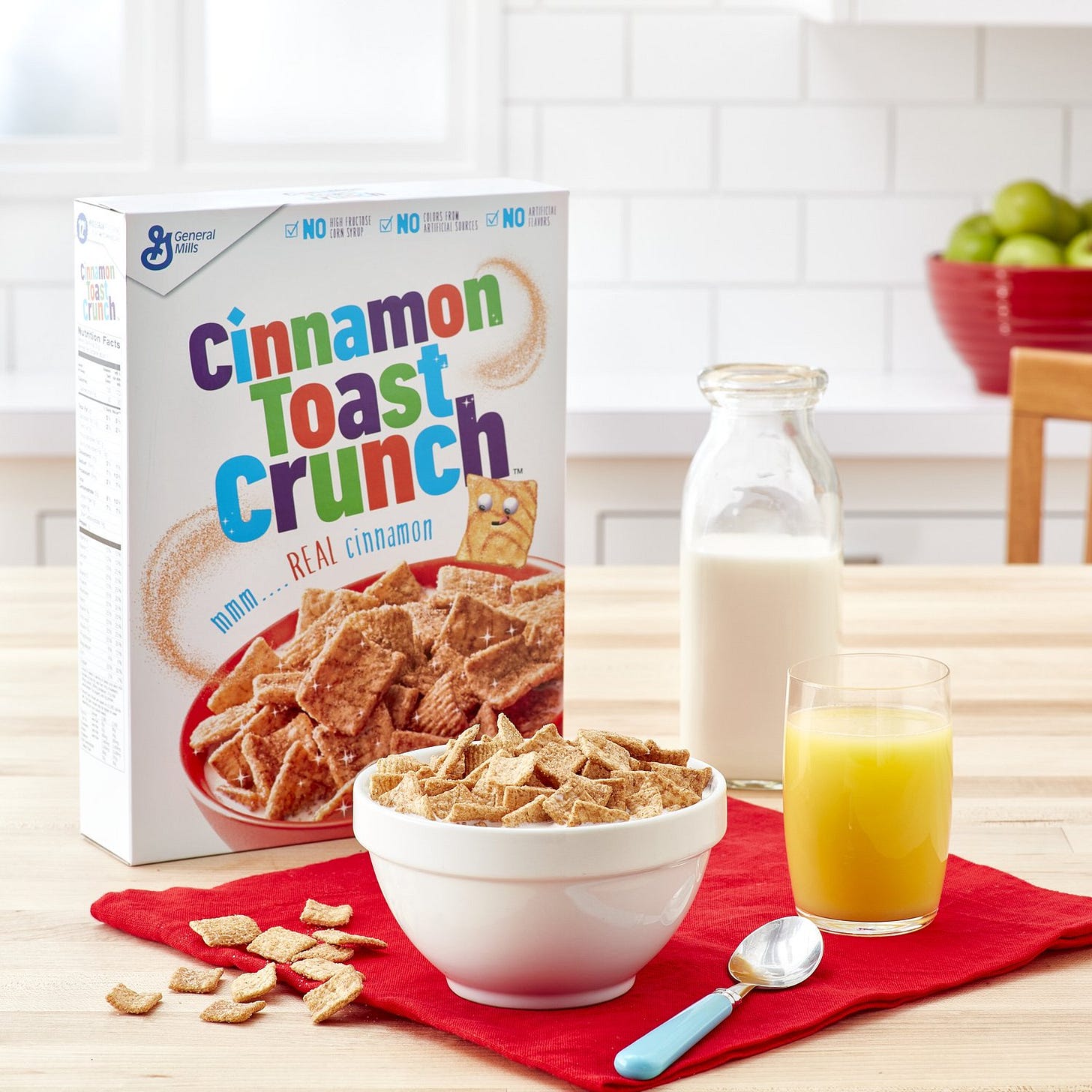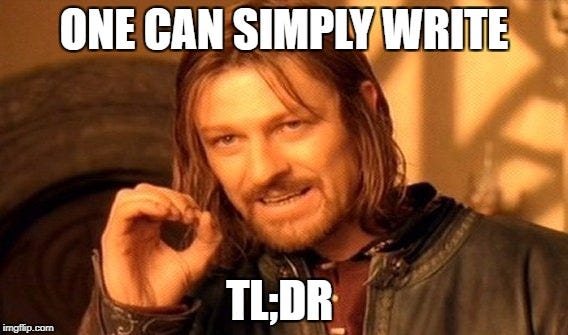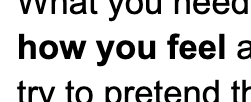Your opening line is a promise. Don't break it.
It's the anchor of the pitch, but many abandon it too quickly to explore other ideas.
Thanks for reading Pitches Get Stitches. I’m Jake Meth. I run op-ed consultancy Opinioned, and previously built and edited the opinion section at Fortune.
In this newsletter, I dissect reader-submitted op-ed pitches from the perspective of an op-ed editor. I try to not only point out flaws, but highlight common themes I’ve noticed over my career evaluating pitches and helping clients construct their own.
If you’re interested in submitting a pitch for review, reply to this email or send it to jake@getopinioned.com. If I select it, I’ll omit any identifying information and evaluate it in this newsletter at no cost.
I’ve never liked walking up to someone I don’t know and introducing myself.
I know my opening line is crucial. Up to that point, they have no idea what I’m all about. So they’re gauging me by what I say. It’s their preview for the rest of our conversation, and possibly all of our future interactions.
Whenever I’m at a professional conference or networking event, I worry that because this person doesn’t know me, whatever I say is going to sound dumb or off-putting. And they won’t stop thinking I’m dumb or off-putting after I say it.
So I usually just avoid talking to them altogether.
I’ve found it much easier to craft an opening line when writing, because you have more time to think about what you want to convey, and how the reader is likely to interpret it.
In a pitch, your opening line is a promise to your reader. It tells them what’s important and pledges that you’re going to focus on it in the rest of your piece.
This week’s pitch has a fantastic opening line. It offers such a promise: This piece will explain how food has changed since we were young, and why we shouldn't be worried about that.
Yet after setting this up, the pitch explodes off in numerous other directions, almost entirely losing the intriguing thread introduced at the top. The outline looks like the article could contain enough information and analysis to fill out a 100-page report on the state of food. Unfortunately, that’s not what I’m looking for in an op-ed.
Don't try to save the world. If you do, you usually end up overreaching and crunched for space.
Focus on the kernel that inspired you to write in the first place and stick with it. Don’t let yourself deviate. Trust that your original concept is interesting—it doesn’t need anything else.
Be a sheep. Do what everyone is doing. Subscribe to Pitches Get Stitches. Baaah.
The Pitch
Yes, The Food You Love Is Changing … No, It's Not Getting Worse
Introduction:
Remember the distinct taste of your favorite childhood snack? If it seems different now, it's not just nostalgia playing tricks on your taste buds. For those of us who grew up before the millennium, our palates have been unwitting witnesses to a seismic shift in food technology and the global branding juggernaut. But here's where the story takes an intriguing turn: as a former Product Development Scientist and an expert in Operations Transformation, I've been on the front lines of these changes. While the health implications of increasingly processed foods spark endless debates, I offer a different lens: the complex, often misunderstood world of ingredient substitution, nutritional redesign, and the rigorous journey from concept to consumer. This isn't just about altering recipes; it's a glimpse into the elaborate, painstaking decisions that shape the very foods millions rely on every day. Let me take you behind the scenes of these changes – not to alarm, but to enlighten and engage your palate and your mind.
Section 1: The Evolving World of Food Production
Exploring the shift towards more processed foods since 2000 due to global cultural changes and supply chain pressures. The pandemic's role in moving meal preparation back home and social media's influence in heightening consumer demand for quality over variety. These factors contribute to the perception of change in familiar foods.
Section 2: Behind the Scenes of Product Changes
Delving into the product development process, highlighting the balance between cost-cutting, ingredient modifications, and the rigorous testing to ensure quality and manage costs in the food industry.
Section 3: Industry Insights from a Professional
Sharing my expertise in food science and product development, along with firsthand experiences in ingredient adjustments and tackling supply chain challenges. Emphasizing the food industry's commitment to quality and consumer satisfaction.
Section 4: Debunking Industry Myths
Challenging misconceptions about corporate greed and detachment within the food industry. Asserting the deep care and consideration for product quality and health impact among industry professionals.
Section 5: Consumer Empowerment
Motivating consumers to learn about food ingredients and demystifying complex chemical names. Encouraging a holistic view of diet and lifestyle rather than attributing health issues solely to changes in food formulas.
Conclusion: Building Understanding and Trust
Reiterating the importance of understanding and trusting the food industry. Concluding with a call-to-action for readers to actively learn about their food choices and make informed decisions.
The Stitches
You’ve hooked me. Great work!
The proposed title, “Yes, The Food You Love Is Changing … No, It's Not Getting Worse,” is intriguing. The format is a bit off from what an op-ed editor would normally use, but you don't need to worry about that. They're not expecting you to write the headline.
If you're saying the food I love is changing, I want to know more about that. You've hooked me.
But I would caution against making too-broad assumptions in the headline. Do people actually think food is getting worse? I don’t know if I’d call that a general sentiment. So I’d suggest looking for data first, and backing up your assertion later in the pitch by linking out.
Stick with what you start with
I’m intrigued by the first three sentences:
Remember the distinct taste of your favorite childhood snack? If it seems different now, it's not just nostalgia playing tricks on your taste buds. For those of us who grew up before the millennium, our palates have been unwitting witnesses to a seismic shift in food technology and the global branding juggernaut.
It’s really smart to begin by reminding people about the taste of their first childhood snack. This immediately gets the reader invested by engaging their senses. It also makes them feel nostalgic, an easy and effective way to grab interest.
But beyond these engagement tactics, it’s also an interesting idea. Why has the taste of food changed? I’ve certainly noticed this, but I just assumed my childhood sensory memories were fuzzy or positively influenced by nostalgia. If you’re able to explain this phenomenon to me in a much more sophisticated way, I’ll pay attention.
If you’re starting with this powerful idea, stick with it. Don’t get distracted by all the other interesting aspects of food you’re qualified to discuss.
The pitcher doesn’t commit, though. When they write, “But here’s where the story takes an intriguing turn,” they begin to lose me.
A lot of big concepts are introduced, like “the complex, often misunderstood world of ingredient substitution” and “the rigorous journey from concept to consumer.” I scan down to the remainder of the pitch to see if it continues on the initial idea, and I can’t easily find it. I also see a lot of words.
I’m wondering: What happened to the whole thing about food tasting different? Are you going to tell me why?
I’m also thinking: This looks long. Am I really gonna read all of that?
I’m probably not going to bother if I already feel that the author has abandoned their seed idea.
Own one theme. One!
Many op-ed authors want to grapple with the many issues that dominate their field. That’s admirable. But it’s extremely difficult to pack multiple, complex analyses into an op-ed.
This doesn’t mean you need to dumb down what you’re trying to say. It can be complicated and nuanced. But it needs to be contained within one theme.
Looking at today’s pitch: I’m sure that all the different elements involved in the great food shift—production, consumer perception and empowerment, product development, supply chains, quality control—make it hard to easily explain.
The pitcher’s challenge is not to figure out how to combine all these ideas into one pithy statement. That would be impossible. It’s to figure out how to express the underlying theme in a way that’s easily graspable and relatable.
Maybe in this case, that theme is standardization. The argument might go: Because of increasing corporatization of food, new standards have been adopted industrywide that are changing what we eat every day. And this is actually a good thing, because it makes all of the food we eat safer. Perhaps we sacrifice a bit of flavor, but we make up for it in feeling secure about what’s going into our bodies.
The author could back this up with relatable examples of standardization. They could highlight certain additives put into most food products that are safe and easy to produce. Or they can explain that certain supply chains handle certain ingredients, so that we can be sure those ingredients are always available.
I don’t know if what I said above is true. I’m just trying to give a sense of the type of unifying theme I’m suggesting. It should touch on the various aspects of the issue you’re writing about without getting tied down to any one in particular.
This is one of the most difficult things to do when writing an op-ed. So make sure you devote a lot of time to it, especially if you’re struggling to boil down your thesis.
Don’t piss off your reader
You risk doing so if you get them excited about your article, and don’t deliver.
If you’re not going to tell us why and how food has changed, then don’t send this pitch.
There’s a huge emotional dimension to opinion writing. You should make your reader feel like you’re a friend telling them a secret. If you’re making that pact with them, you better not let them down.
It reminds me of when someone tells me they have hot gossip, but then says they can’t tell me it. It looks like they’re playing coy. And it drives me up the wall!
Audience confusion
This pitch reads like it’s aimed toward the following audiences: someone settling down on the couch on a Sunday afternoon looking to educate themselves about the big shifts happening in the food space; a food science student seeking a better understanding of an industry they’re considering a career in; someone who’s researching major changes in food.
For the average reader who simply wants to better understand the world around them, i.e. most mainstream op-ed readers, it’s not going to work.
Lean into personal experience
If you’re going to rely on your personal experience to qualify you—a great idea—lean into that as much as you can.
If you don’t, you’re missing out on your best opportunity to convince the editor you’re the right person to pen the piece. Also, they might assume you’re not as qualified as your stated credentials purport you to be.
Don’t give the evaluating editor any reason to doubt you. Instead of just stating you’re going to take me “behind the scenes of these changes,” take me behind the scenes right now, while I’m reading this email. Tell me about something you witnessed on the job that helps illustrate these changes, and that only someone like you could have seen.
Maybe there was an ingredient modification in a soup you were working on. You initially thought it was going to ruin its flavor, but it actually made it taste better. A victory for science and efficiency!
Avoid florid language
I didn’t love this in the last line of the pitch: “to enlighten and engage your palate and your mind.” Diction like this belongs in a cookbook, not an op-ed pitch. And I think it sounds a little corny.
On top of that, it’s not even clear how this article is going to engage my palate. What’s being proposed is an analysis of changing trends in the food industry. I doubt that’s going to make someone feel excited about flavor or taste.
Be careful not to get lazy with your language. If you say your article is going to do something, make sure you actually plan to do that.
Be bold!
I felt like the author was holding back in this pitch. I wanted to hear their take on the changes taking place in the food industry. What did they think about it on both a personal and professional level?
There’s a big difference between an opinion piece and an objective analysis. This is opinion writing; don’t be afraid to be opinionated! I’d love to know how you feel about it based on your direct experience.
Why do you feel these changes aren’t a problem? Why shouldn’t I, the reader, be concerned? You’re the expert. If you tell me how you feel, it’s going to seriously influence how I feel.
If you enjoyed my newsletter, I’d appreciate if you shared it with anyone who might be interested.












